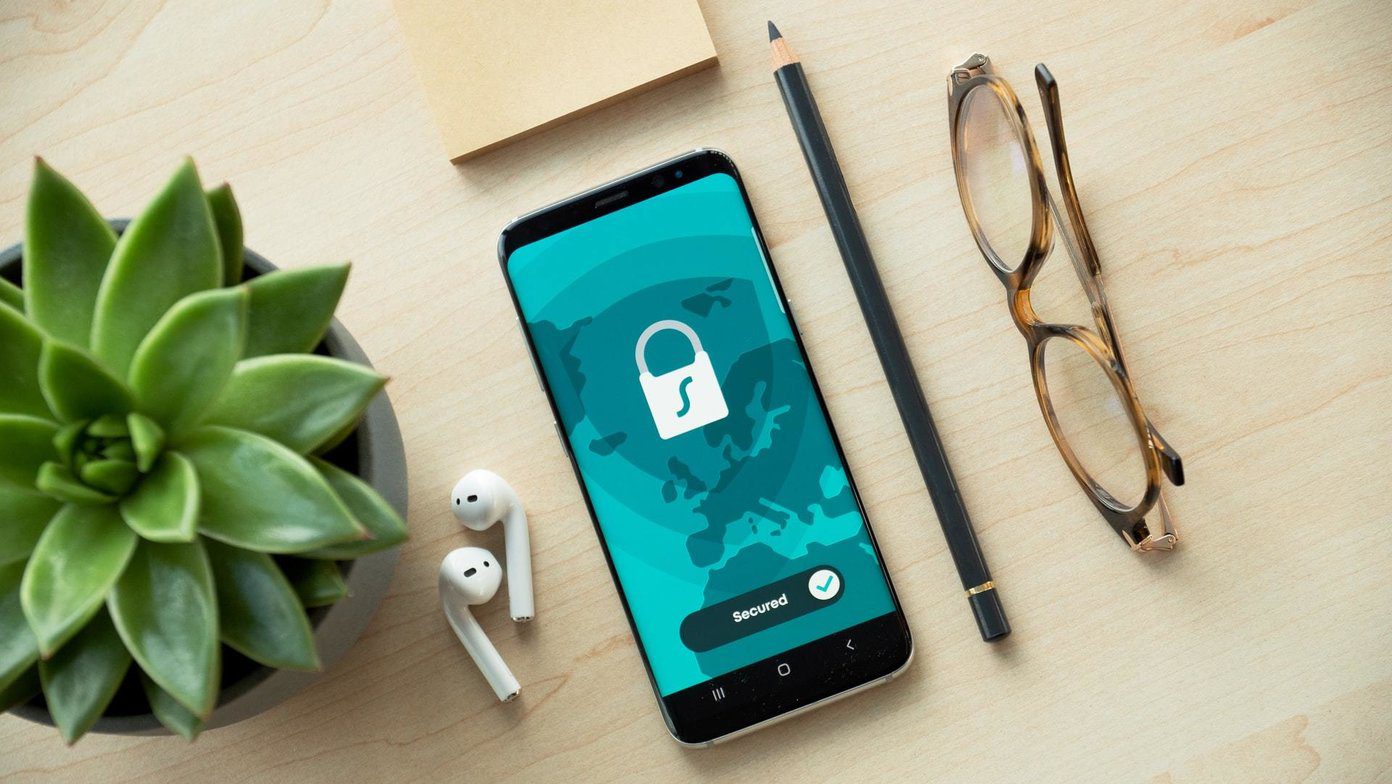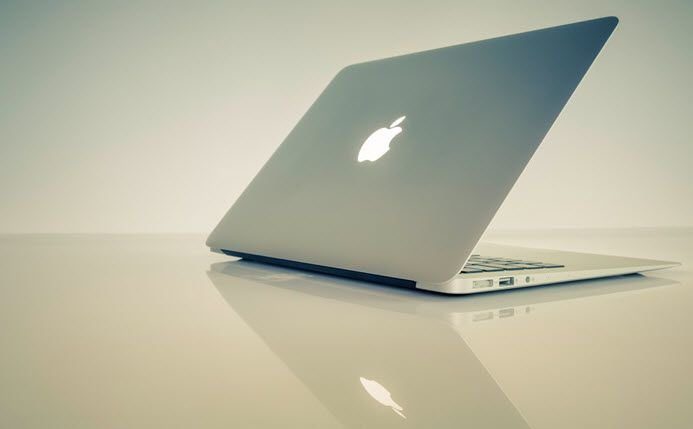If you aren’t willing to shell out additional cash for one of iCloud’s paid tiers (or if you don’t want to upgrade again), then it’s ultimately up to you to manage your iCloud storage. And the following pointers should help you do just that, right from the comfort of your iPhone or iPad.
Delete Unwanted Photos
Photos and videos take up a ton of storage, and even with the latest HEIC and HEVC formats used by iOS devices, all those live photos, bursts, and slow-mo videos are sure to more than make up for any efficiency improvements. If you want to tone down the occupied space on your iCloud storage, then you need to make it a point to delete unwanted photos and videos. Any items that you delete on your iPhone or iPad will also remove its backed up copy stored on iCloud. The Albums tab of the Photos app lets you filter out the various types of media present on your iOS device. Make sure to check for duplicates and delete unnecessary items regularly.
Start Using Google Photos
If you don’t want to go through the trouble of actively managing your library of photos and videos, then switch to using Google Photos. Aside from being a terrific photo manager, it’s also a phenomenal means to back up all of your photos and videos with no limits whatsoever. Except for the fact that they will be compressed — 16-megapixels and 1080p for photos and videos respectively. However, that’s still an acceptable trade-off. Download Google Photos Even if you want to store your media at original quality, you still have 15GB of free storage to play around with. And unlike iCloud, Google Photos is available pretty much everywhere, including Android, which is just great. Google Photos also lets you conveniently delete photos as soon as they are backed up. That means you can gain space by doing that locally as well.
Disable iCloud Photos
If you are comfortable using Google Photos or prefer managing photos and videos offline by backing them up to a PC or Mac instead, then consider turning off iCloud Photos. That will turn off all subsequent backups to iCloud. And if you want, you can also delete whatever photos stored on iCloud. Considering those photos and videos consume storage the most, that is the fastest way to go about gaining space on iCloud. Step 1: Open the Settings app on your iPhone or iPad, tap your profile, and then tap iCloud. Step 2: Tap Photos, and then turn off the switch next to iCloud Photos. Your photos or videos will not be backed up to iCloud anymore. Step 3: Head back to the previous screen, tap Manage Storage and then tap on Photos. Step 4: Tap Disable & Delete, and then tap Delete Photos and Videos to confirm.
Turn Off Apps That Use iCloud
Most native and third-party apps and services use iCloud to sync data, actions, and settings between devices. Often, they don’t take up that much space. But certain native apps such as Messages, and third-party apps such as WhatsApp, end up consuming storage due to any attachments or multi-media content exchanged. In that case, you may want to disable select apps from using up your iCloud storage. Step 1: After selecting iCloud from underneath your profile, scroll down the Apps Using iCloud section and locate an app that you want to disable, such as WhatsApp. Turn off the switch next to it. The app will cease from using iCloud to sync or backup any data. Step 2: On the top of the screen, tap Manage Storage, and then tap on the app whose data that you want to delete from iCloud. Step 3: Tap Delete Data, and then tap Delete to confirm.
Choose What Gets Backed Up
When performing system backups to iCloud, your iPhone or iPad uploads the documents and data related to almost every app installed on it. While that is great if you want to do a complete system restore later in the future, you can forego the convenience for non-essential apps. Thankfully, it’s quite easy to turn off backups for individual apps. Step 1: Access your profile via the Settings app, tap iCloud, tap Manage Storage, and then tap Backups. Step 2: Select your iPhone or iPad from underneath Backups. On the following screen, turn off the switch next to any app that you don’t want iCloud to take a backup of alongside a system backup. Step 3: Tap Turn Off & Delete to confirm. That will delete whatever backed up data that are already present in iCloud, as well as stop backups for the app in the future. Repeat the same for the other apps that you want to disable. Keep in mind that if you have multiple iOS devices, you need to use the device related to the backup itself to perform the modifications above.
Delete Old Backups
Did you have any iOS devices that you no longer use? If so, this usually means there’s a backup sitting within iCloud wasting space unnecessarily. Or perhaps you are comfortable with the idea of backing up your iPhone or iPad via iTunes to your PC or Mac instead? If that’s the case, you can delete the entire backup from iCloud and clear out hundreds of megabytes of storage. Step 1: Tap Manage Storage from within the iCloud Storage settings (Settings app > tap profile > tap iCloud), and then tap Backups. Step 2: Select the device whose backup that you want to delete. On the following screen, tap Delete Backup. Step 3: Tap Turn Off & Delete to confirm. Once again, remember to do this only if it’s an obsolete backup, or if you decide to back up your iOS device via iTunes instead. It’s not fun to experience a hardware or system failure and not have the means to recover vital data.
Delete Unwanted Files Manually
iOS 11 introduced the Files app, which is pretty great at managing all cloud storage services installed on your iPhone and iPad. If there are certain miscellaneous files that you want to delete from within iCloud Drive (the file storage arm of iCloud), then the Files app offers the perfect way to go about doing that without having to resort to using a Mac or a PC. There’s always the possibility for unwanted files to occupy space unnecessarily, so give it a go. Step 1: Open the Files app, and then tap iCloud Drive. Step 2: You will see all the files and folders located within iCloud Drive (except for system backups and synced app data). Dive into the various folders present to see if there are any unwanted items that you can remove. The Search bar also lets you filter out items in a jiffy. Not only can you delete files stored within iCloud Drive, but you can also move them to alternate cloud storages or even save them locally. Read our in-depth guide to check out the several possibilities that the Files app brings to the table.
Alternate Storage for iWork Apps
iWork apps, which consists of Pages, Numbers, and Keynote, use iCloud to store and sync files between devices. However, you can change the location to any other cloud storage installed on your iPhone or iPad. Alternatively, you can also choose to save your documents locally. However, there’s a catch. Switching to an alternate service will disable certain functionalities, notably the ability to collaborate with others, so only do this if you don’t mind losing out on key features. Step 1: Open the Settings app, scroll down, and then select Pages, Numbers, or Keynote. On the subsequent screen, tap Document Storage. Step 2: Select another cloud storage service, or choose On My iPhone to save your documents locally. Any existing iWork documents will continue to save in iCloud storage. You can move them as well to another location using the Files app.
Not Too Cloudy After All
Whether you are using Apple’s free 5GB of space or any of the paid plans, the pointers above should help you with managing your iCloud Storage efficiently. Using Google Photos for your backups alone can make the difference in keeping your valuable iCloud storage aside for those critical backups. So, any other suggestions that you want to share? The comments section is right below. Next up: Want to download everything that’s stored within iCloud? Here’s how to do that. The above article may contain affiliate links which help support Guiding Tech. However, it does not affect our editorial integrity. The content remains unbiased and authentic.








































